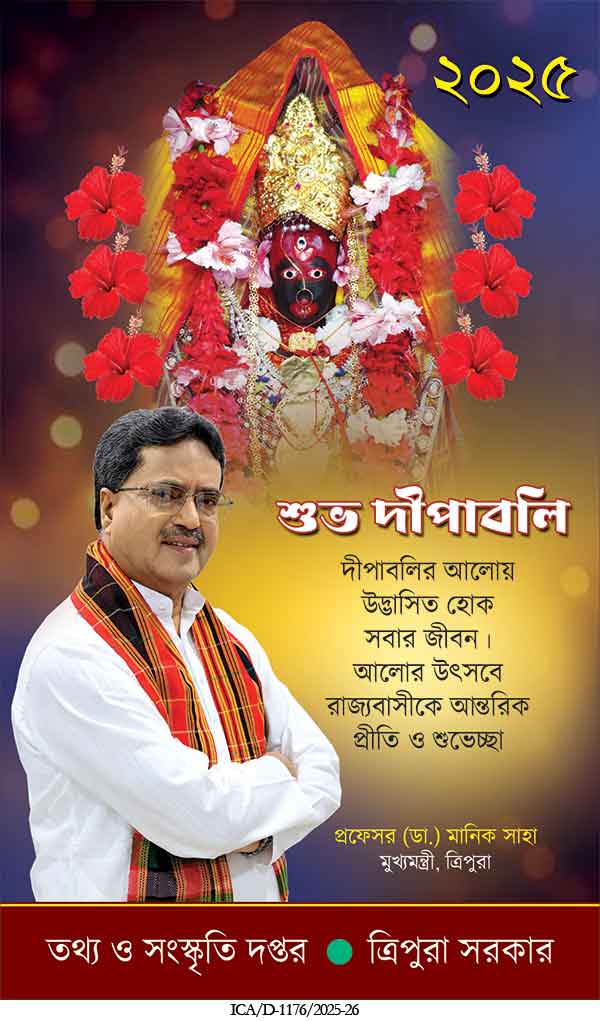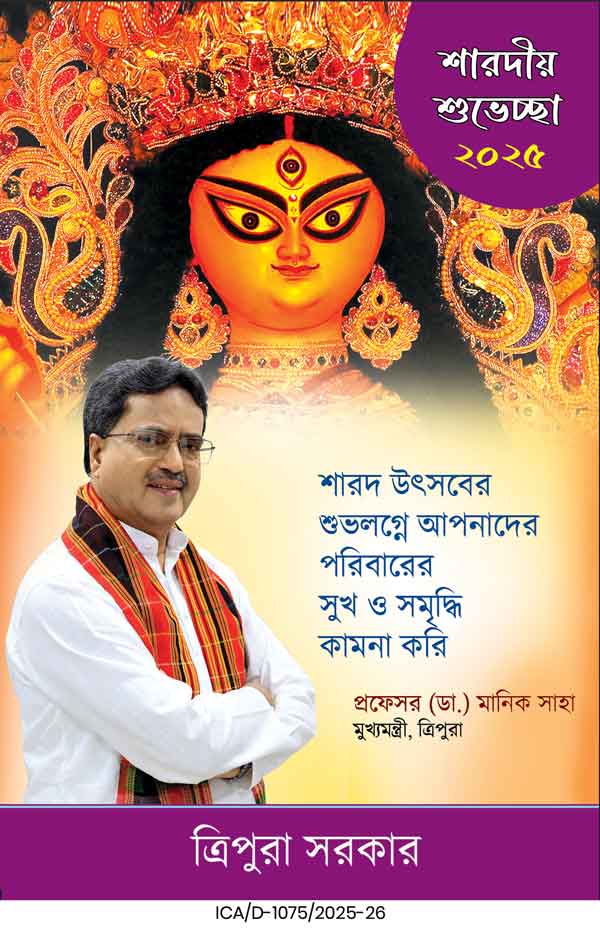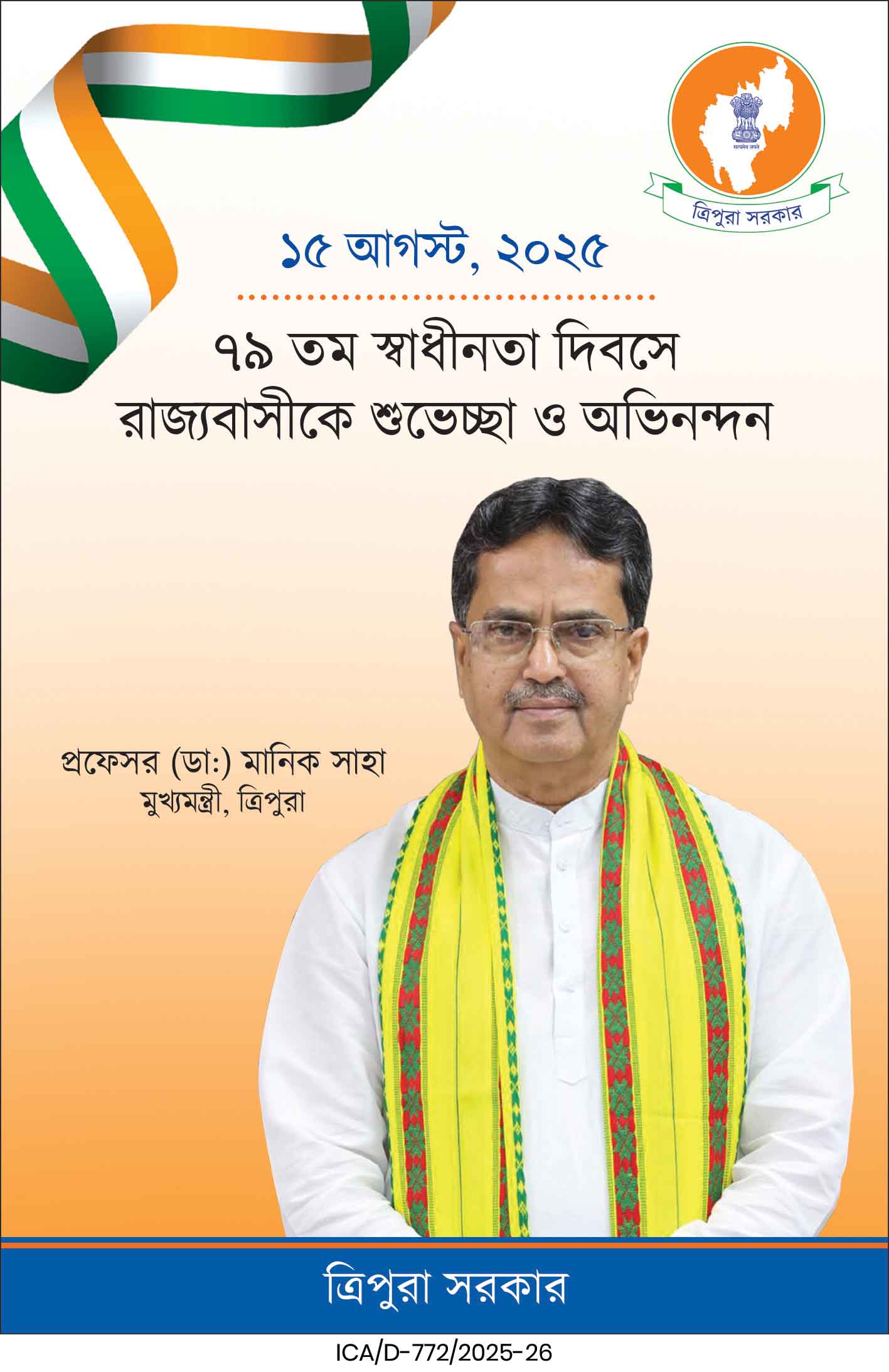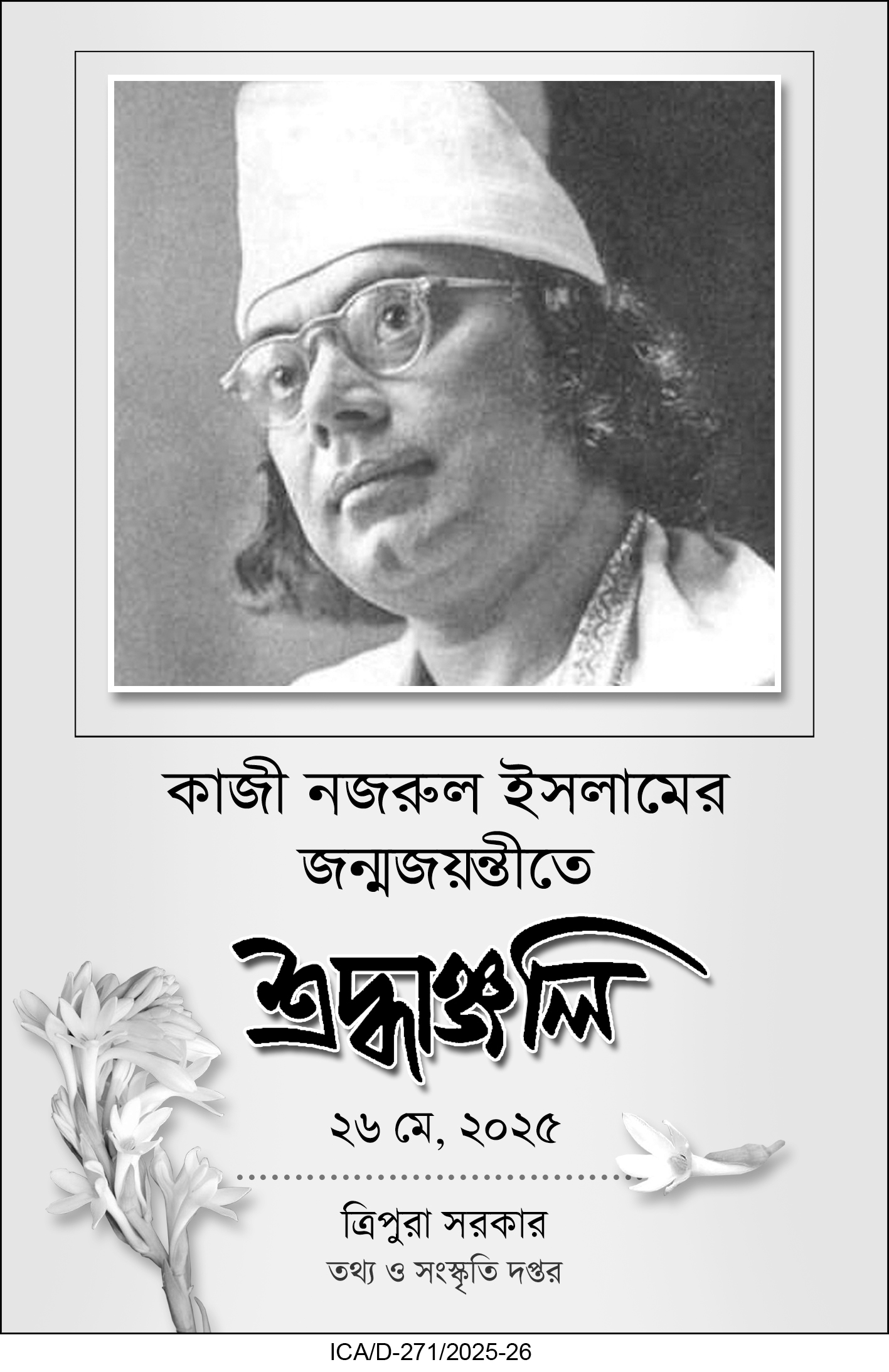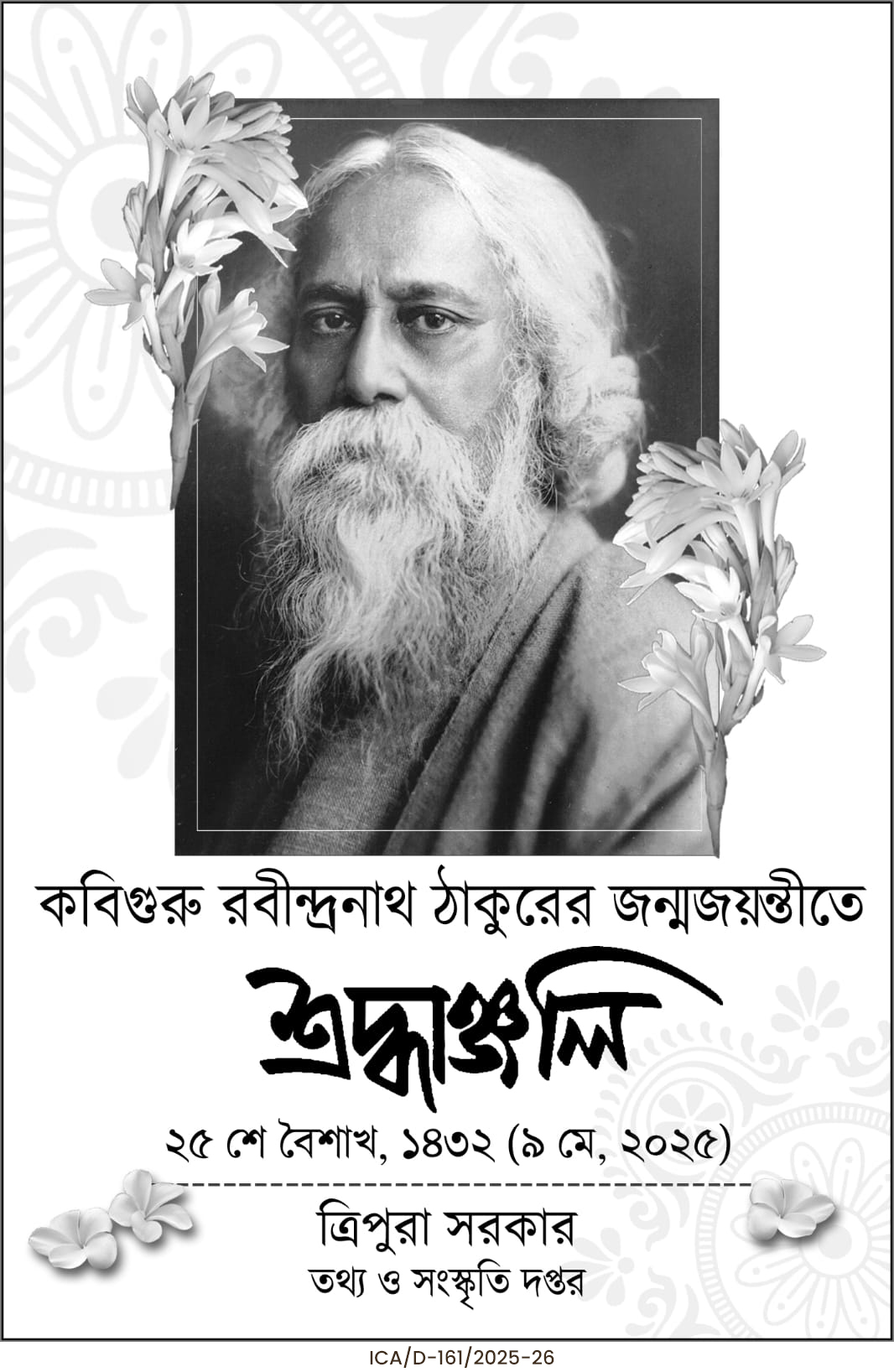Tripura CM Dr. Manik Saha calls for a cultural revival through innovation, emphasizing skill development and youth engagement. At a state-level cultural meet, he proposed modernizing traditional art forms like kirtan, yatra, and puppet dance to preserve the state’s mixed heritage and promote grassroots talent.
Chief Minister Dr. Manik Saha has called for a mass movement to revive, preserve, and modernize Tripura’s rich and diverse traditional culture by blending it with innovative ideas. Speaking at the first meeting of the reconstituted State-level Cultural Advisory Committee held at the State Secretariat today, Dr. Saha stressed that culture is the “ornament of society” and must be treated as a vital force for achieving mental and spiritual well-being.
The Chief Minister, who also serves as the Chairman of the 39-member Cultural Advisory Committee, underscored the urgent need to protect traditional art forms such as kirtan, puppet dance, and yatra, which are slowly fading under the pressure of modern entertainment mediums.
“Culture plays the most important role in mental and spiritual peace. We must take steps to showcase our traditional mixed culture to the world and attract youth toward our heritage through innovation,” Dr. Saha said during the meeting.
Before the formal proceedings began, the Chief Minister personally interacted with all committee members, signaling a collaborative and inclusive approach to policy-making around cultural development. He emphasized that modernization should not mean abandoning tradition but should involve creatively reimagining it to fit contemporary contexts.
Culture as a Vehicle of Development
The Chief Minister linked cultural revival with national goals by referencing Prime Minister Narendra Modi’s emphasis on skill development. Dr. Saha highlighted that skill enhancement should not be limited to industries or education alone but must extend into the realm of art and culture.
“Skill development is a priority. Talented artists from the grassroots, especially from villages, must be identified and given all necessary support. Presentations of cultural forms should be attractive and professional,” he said.
According to Dr. Saha, cultural development is not the responsibility of the government alone but should involve public participation, making it a “mass movement” aimed at not only preservation but innovation.
Preserving Ethnic and Mixed Cultures
Tripura’s identity is deeply rooted in its ethnic diversity. Dr. Saha emphasized that the state’s mixed cultural traditions — a blend of tribal, Bengali, and other regional influences — must be carefully nurtured. Innovation, in this context, does not mean Westernization, but the modernization of existing forms in a way that resonates with younger generations.
“To attract youth, we must present our traditional culture in a way that speaks their language without diluting its essence,” he said.
The Chief Minister’s remarks highlight a cultural strategy that balances heritage with forward-thinking design, blending history with future potential.
Government’s Supportive Role
The meeting also saw the presence of key departmental figures including Dr. P. K. Chakraborty (Secretary, ICA Department), Prashant Badal Negi (Director, Tourism), and Bimbisar Bhattacharya (Director, ICA). Vice Chairman of the committee, Subrata Chakraborty, also attended and expressed support for the CM’s vision.
| Also Read: LoP Jitendra : Only BJP leaders became ‘Smart’ in Tripura |
Discussions included measures to promote local festivals, invest in artist training programs, and revamp the state’s cultural calendar to include more grassroots participation. There was a consensus on the need for structured cultural hubs in every district, where traditional forms can be taught, performed, and passed on to the next generation.
The committee’s reconstitution and today’s meeting mark a fresh start in the state’s cultural policy. If the initiatives discussed are implemented effectively, Tripura could emerge as a model for cultural preservation infused with modern sensibilities.

